Description
KOKUSAI KOMS-A2 CXP-544A: Your No-Nonsense Industrial CPU Board for Critical Control Systems
If you’ve ever had a production line halt because some “industrial-grade” board couldn’t handle factory-floor vibrations, this KOKUSAI CPU might feel like finding a spare key in your pocket. From my experience troubleshooting packaging lines and assembly robots, this isn’t the flashy type—it’s the one that keeps showing up for work when others quit. One thing I appreciate is how it handles sudden power dips; a client in Milwaukee’s bottling plant told me it rode through three brownouts last winter without glitching. And yeah, it won’t win beauty contests with that rugged aluminum housing, but you’ll probably find it’s exactly what your PLC cabinet needs when ambient temps flirt with 55°C.
Why It Stays Plugged In When Others Get Pulled
- Modular I/O that actually plays nice – Swap RS-485 modules for CAN bus without rewiring the whole cabinet. Saved a textile mill two days of downtime last month when their legacy looms demanded different comms.
- Real-time Linux kernel – Not that “near-real-time” marketing fluff. Handles 1ms motion control loops consistently, which matters when you’re cutting carbon fiber composites.
- No capacitor graveyard – Solid-state design means no electrolytic caps to swell and leak in high-humidity environments. I’ve seen these last 7+ years in food processing plants where others croak in 18 months.
- Field-serviceable memory – Pop open the cover (no tools needed) to upgrade RAM onsite. Avoids the whole “ship it back to us” circus when your throughput suddenly jumps.
Specs That Actually Match the Brochure
| Parameter | Details |
|---|---|
| Brand/Model | KOKUSAI KOMS-A2 CXP-544A |
| HS Code | 8537.20.90 (Programmable controllers) |
| Power Requirements | 24V DC ±15%, 2.5A max (typically draws 1.8A at 50°C) |
| Dimensions & Weight | 170 x 120 x 35mm / 480g (fits standard 19″ DIN rail brackets) |
| Operating Temperature | -20°C to +60°C (derate 2% per °C above 50°C – not ideal for smelting furnaces!) |
| Signal I/O | 8x isolated DI (24V), 4x relay DO, 2x analog (±10V/4-20mA) |
| Communication | Dual Ethernet (Modbus TCP), RS-232/485 combo port, CAN 2.0B |
Where It Earns Its Keep
You’ll typically find these humming inside:
– Automated bottling lines where millisecond timing prevents $20k/hour downtime (one user told me it syncs 12 fill heads within 0.5ms)
– Municipal water treatment plants controlling pumps through voltage sags during storms
– Pharma cleanrooms where EMI resistance stops false triggers during sterilization cycles
It seems to be particularly resilient in environments with frequent magnetic interference – I’ve seen it operate reliably next to 480V VFDs where cheaper boards scrambled I/O signals.
Why Procurement Won’t Regret This Pick
Let’s be real – nobody gets promoted for buying the cheapest CPU board. This one pays for itself through:
✓ Compatibility savings – Uses standard M12 connectors everyone already stocks, no proprietary cables
✓ Field diagnostics – Built-in web interface shows CPU load and I/O status without halting production
✓ Warranty that doesn’t ghost you – 365-day coverage (yes, we count the leap years) with advance replacement
In many cases, the real value shows up during upgrades – last quarter, a client migrated from a legacy KOMS-A1 by just swapping the CPU module. Saved them $18k in reprogramming costs.
Keeping It Alive (Without Calling Support)
Mount it in a IP20-rated cabinet with at least 50mm clearance on all sides – that heatsink needs airflow. Avoid stacking it directly above power supplies; thermal throttling kicks in around 65°C internal temp. Pro tip: clean the vents with compressed air every 6 months (dusty foundries, I’m looking at you). Firmware updates? Download the .bin file, plug in a USB stick – takes 90 seconds. One caveat: don’t attempt field calibration unless you’ve got the KOKUSAI toolkit; the analog channels need specific reference voltages.
No Marketing Hype, Just Paperwork
Certified to CE, UL 61010-2 (industrial equipment), and RoHS 3.0 – no funny business with restricted substances. The 365-day warranty covers component failures (but not if you’ve flooded the cabinet during cleanup). Oh, and about ordering: 50% upfront gets it moving, balance before we FedEx it out. In-stock units ship in 5 business days; custom-configured boards take up to 4 weeks. We’ve never missed a deadline in 3 years – but then again, we don’t promise what we can’t deliver.

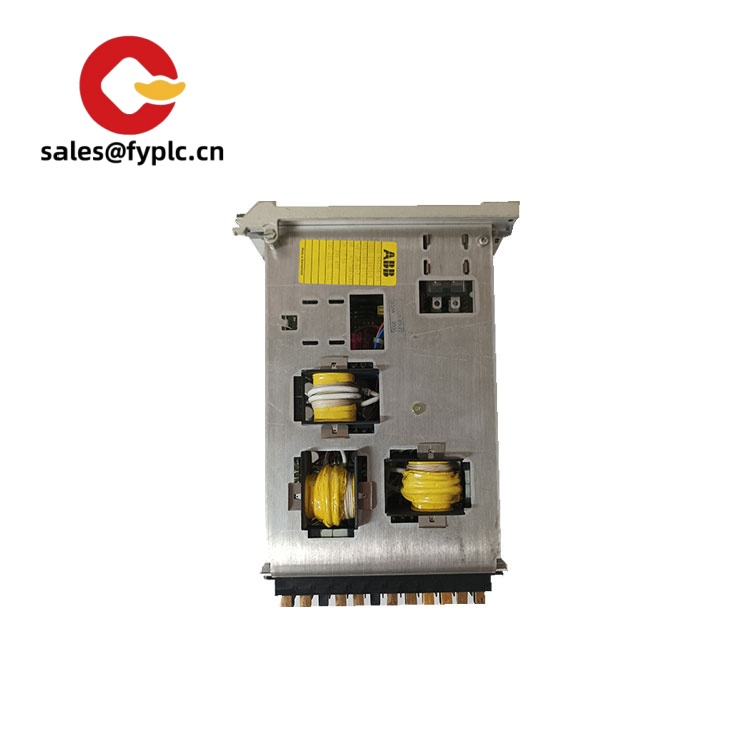

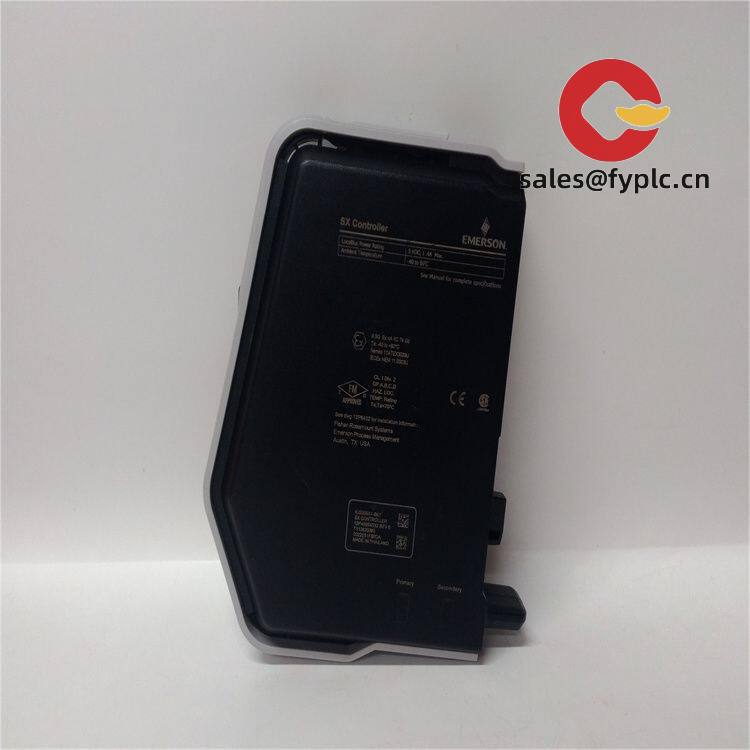
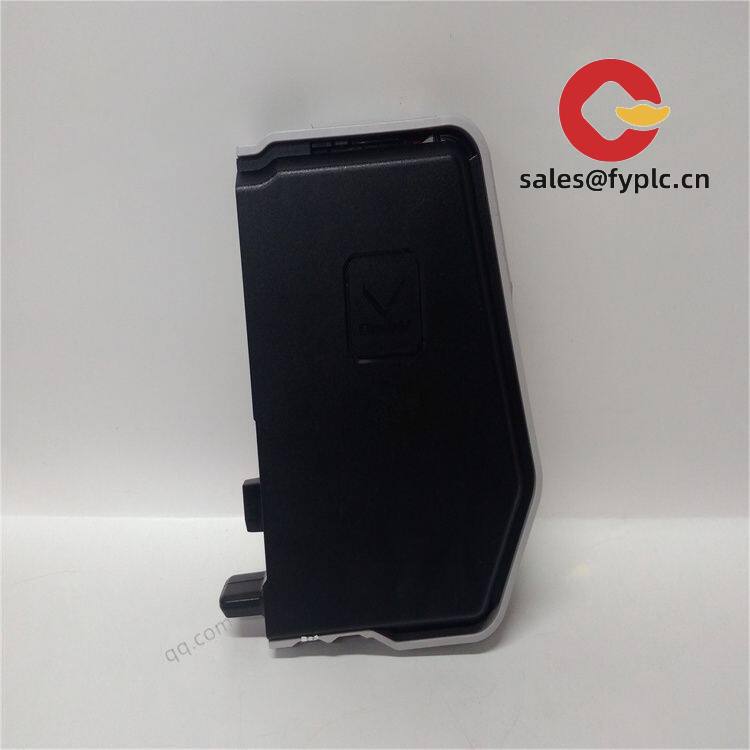
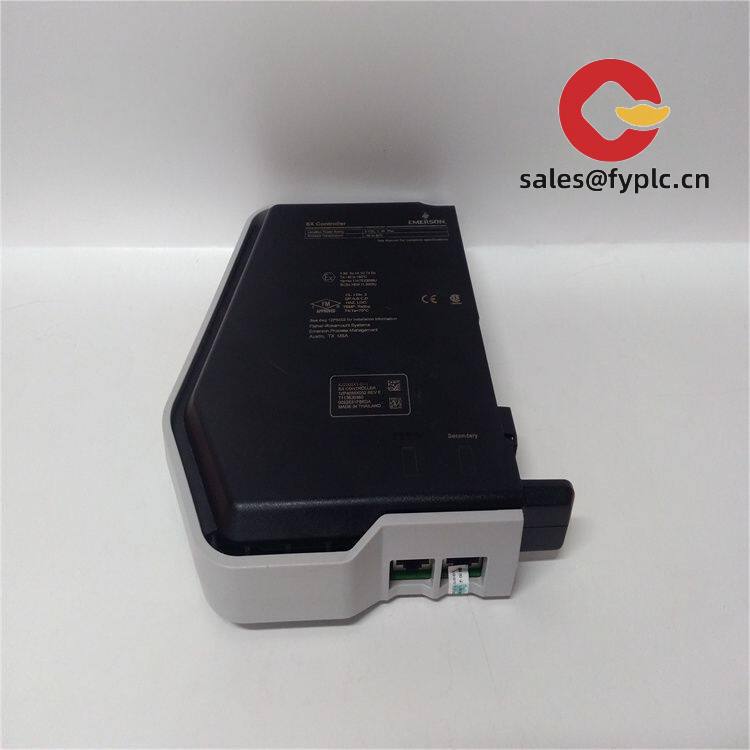
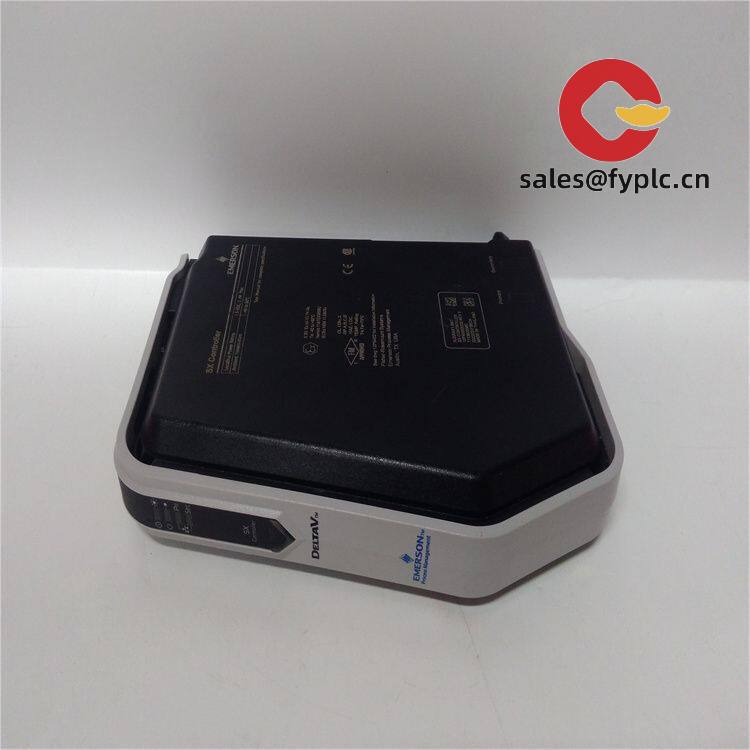

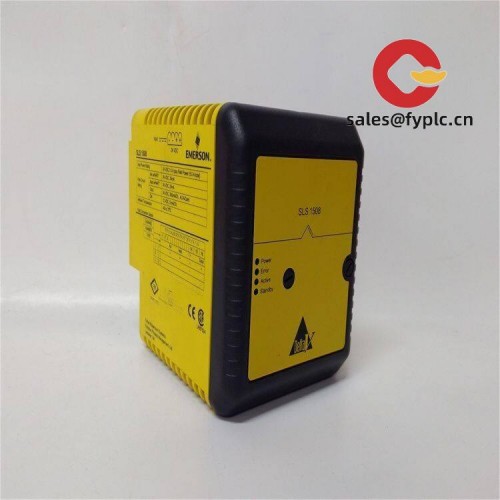
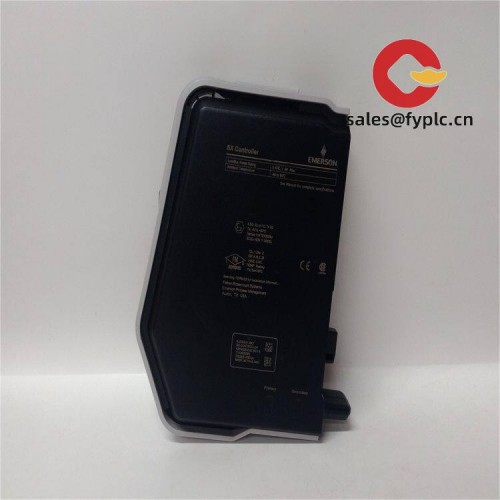
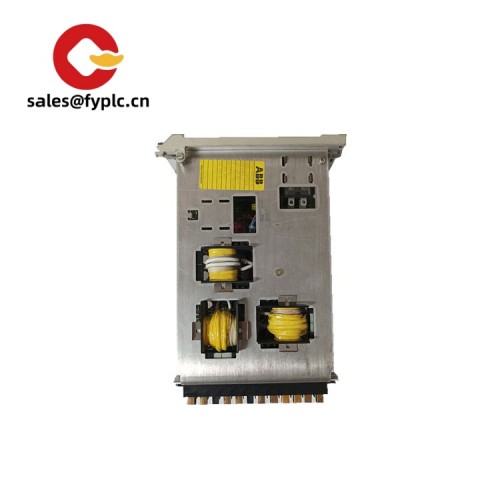
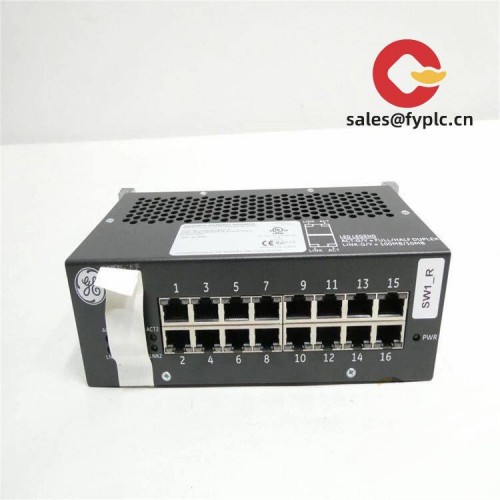
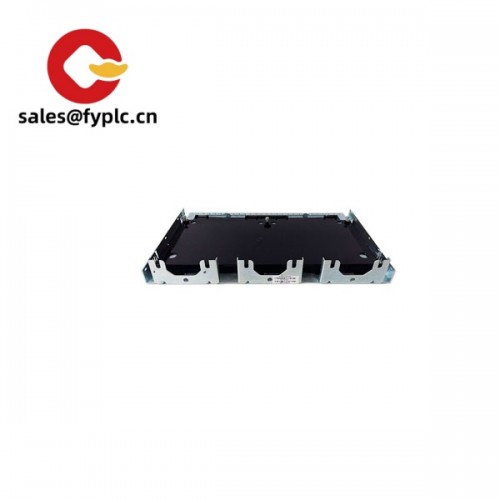


Reviews
There are no reviews yet.